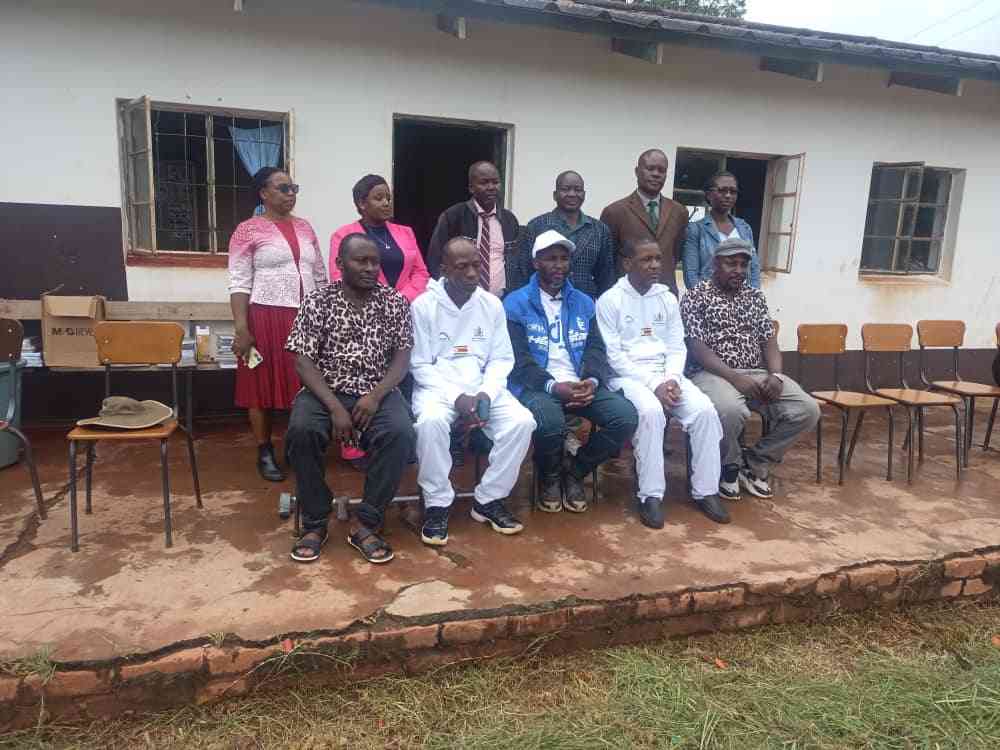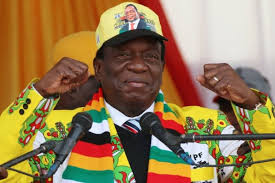
September is a month which we dedicate to celebrating the mbira instrument.
Zimbabwe has been highly associated with mbira music as it has seen great artists and legends like Chiwoniso Maraire, Stella Chiweshe and Thomas Mapfumo inculcating their music with the sounds, rhythms and the elements of the mbira.
Reference can also be made to traditional mbira groups like Mbira dzeNharira who have managed to tour overseas exporting the rich sounds of mbira, and its connectivity to the soul and the spirit.
I am very much interested in the mbira as it is one of the lamellaphonic instruments that I can play very well and have also incalculated in my live performances and studio recordings.
What has intrigued me about the mbira instrument has been its capacity and strength in rejuvenation of my musical composition experience; coupled with its relaxing and therapeutic effect. I am of the view that mbira music can play a role in the enhancement of development and growth of both the society and the artists that play the instruments.
As something that can instigate development and growth; mbira music is very exportable as it is aligned with the local Zimbabwean cultural aesthetics. This has the potency to enhance the generation of foreign currency, tourism and the promotion of the cultural exchange, through aligning it with the precepts of African spirituality.
Mbira plays an important role in the concerned communities as it has an edutaining effect. In the context of Zimbabwe the songs sung during mbira music play, contain important messages that teach people about good behaviour.
Some mbira songs contain messages that guard children against bad behaviours while others condemn negative behaviours in the community. For example, some of the messages address various social ills like violence against women and children.
- In the groove: Is Patrick Mukwamba jinxed?
- In the groove: Chiwoniso Maraire remembered
- In the groove: Is Patrick Mukwamba jinxed?
- In the groove: Chiwoniso Maraire remembered
Keep Reading
Mbira music is also used to communicate to the people some information about events that happened in the past such as the history of the people and the story of the struggle and realities that people in the community face.
In Zimbabwe the mbira instrument may be used for worship in its cultural context when it is played at spiritual invocation ceremonies, funeral wakes, memorials and traditional healing ceremonies. It is the medium for communication with the metaphysical realm on social and cultural rites like during installation ceremonies of chiefs who are themselves custodians of culture.
The instrument is played at these functions in appreciation of culture and as a medium of communication between the ancestors and the living. The mbira is also used as a form of general entertainment amongst many communities on social gatherings like beer drinking and weddings.
Lyrics that are sung are pregnant with social and historical meanings that teach and discourage social ills.
Using the example of the music by the late Chiwoniso Maraire; she used the mbira as a tool of advocating for the rights of children, and also that of orphans.
For example, in the song 'Everyone’s Child', Maraire clearly used lyrics that were oriented to advocacy. In other songs, she tells the stories of legends, which retraces forms of oral traditions, coupled with a critique of social ills.
The incalculation of the mbira sound in lyrics can also be done infusion with poetry and other forms of rap which have a sense of promoting social cohesion, development and growth. Art forms like theatre and dance can also use the mbira instrument as an accompaniment or a background to a thematic piece.
This can play a role in using localised sounds in music in the enhancement of edutainment and the development of more cultural and advocacy related factors.
The notion that there is no part of mbira making and music playing that is incompatible with the existing international human rights instruments, laws and any aspects of sustainable development and mutual respect among communities is wrong. To the contrary, mbira promotes human rights and social harmony, and cohesion in the communities where it is found as given above.
Most importantly, the mbira instrument -wherever and whenever it is played acts as a "weapon" for condemning gender-based violence and other societal ills. Although the instrument is mostly played among the communities that are specific such as the predominance of Shona communities, and attendance during mbira music festivals (bira) and functions; the instrument is usually open to everybody to play. In this regard, it helps to unite people from different backgrounds and plays a role in the promotion of peace and unity.
Materials that are used for making the mbira instrument are primarily wood, gourds and metal objects that are environmentally friendly. Mbira instrument making does not involve much wood where wood is used. Besides, the mbira making process does not involve any life threatening rituals and the methods used are internationally accepted.
The government in Zimbabwe, encourages primary schools to include local cultural activities in teaching expressive art courses. This has made it possible for mbira making and playing to be taught in schools in he new secondary and Primary school curriculums.
There are departments of Fine and Performing Arts at local universities such as the Midlands State University, which studies and researches on traditional music including mbira in their undergraduate courses.
In Zimbabwe, the College of Music and all Teachers' Training Colleges teach playing, and sometimes the making of mbira/sansi. Universities offer mbira courses in ethnomusicology departments.
Imprinting of mbira making and music playing will promote respect for cultural diversity as the elements inscribed on the Unesco's list which has inscribed the mbira as part of Unesco’s Heritage. This will give mbira players equal status in the eyes of local practitioners, national authorities and international communities.
The government and actors in the arts industry also have to further promote human creativity as mbira music is distinct and can contribute to the variety of different music genres and styles in the world. The Shona, Tonga, Venda and Kalanga communities in Zimbabwe created this music form what is relevant to their social needs. However, the elements are not featured prominently in college and school curriculums, which is imperative for development of mbira music.
An important aspect is that if mbira music is played,more people will be made aware of the element and this will encourage more experimentation with the instrument in various music genres thus creating fertile ground for human creativity and respect of cultural diversity. This will also play a role in the processes that relate to development.
- Raymond Millagre Langa is musician, poet, orator, writer and founder of Indebo Edutainment Trust. Follow Raymond Millagre Langa on Facebook, Instagram on @Millagre Ray L. Email Raymond Millagre Langa on [email protected] and [email protected]











